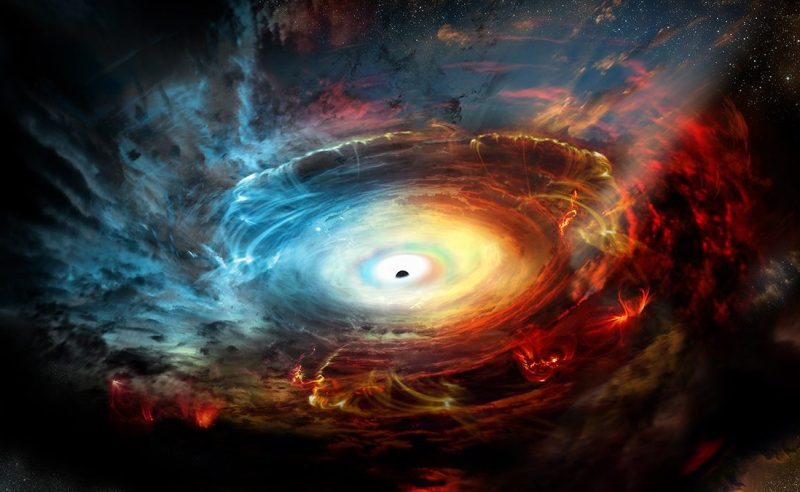
Using a worldwide network of telescopes, astronomers may have finally captured a black hole in an unprecedented photo.
Scientists combined eight observatories worldwide, from Hawaii’s tallest peak to Spain, to form a planet-spanning telescope—a feat of logistical planning that took years. The goal was to snap a picture of the event horizon, which is the point in the gravitational sinkhole where light cannot escape—more commonly known as a “black hole.”
For ten days, the “Event Horizon Telescope” trained its eye on Sagittarius A, at the Milky Way’s center, and another black hole that’s in M87, a nearby galaxy.
National Geographic reports the global observatory network has explored this area before, but it’s the first time the South Pole telescope and Atacama Large Millimeter/submillimeter Array (ALMA) joined the fold.
With the added telescopes, images become ten times as sharp. That’s why scientists are hopeful about the mission this time around. Unfortunately, the data will take months to process before the astronomers will learn if the mission was a success.
—RealClearLife
This article was featured in the InsideHook newsletter. Sign up now.






















